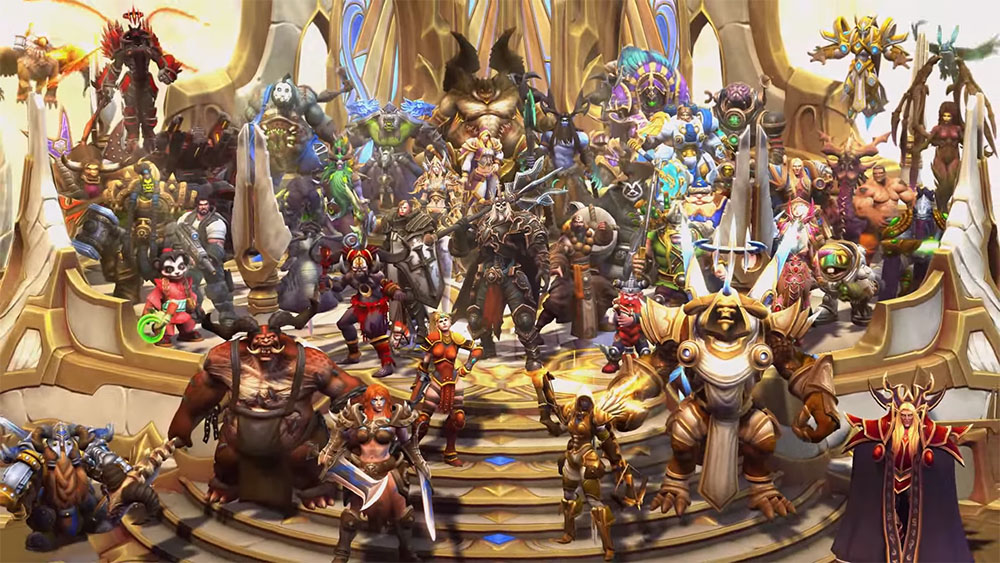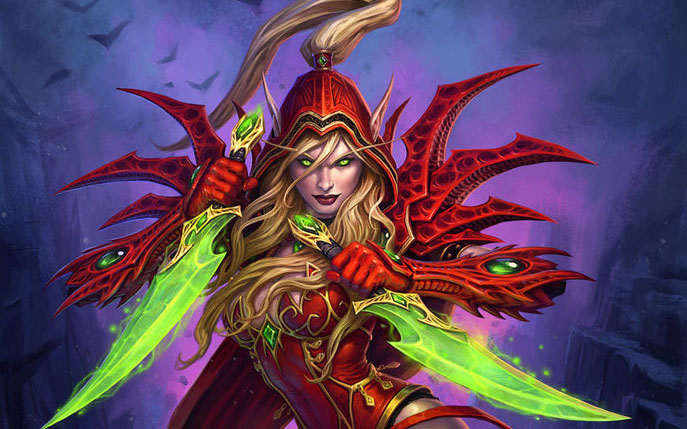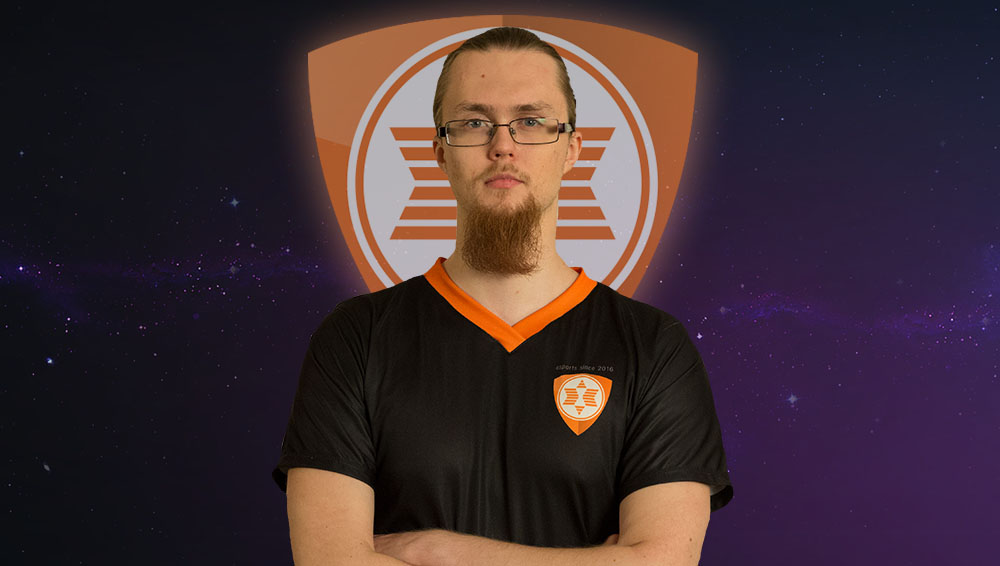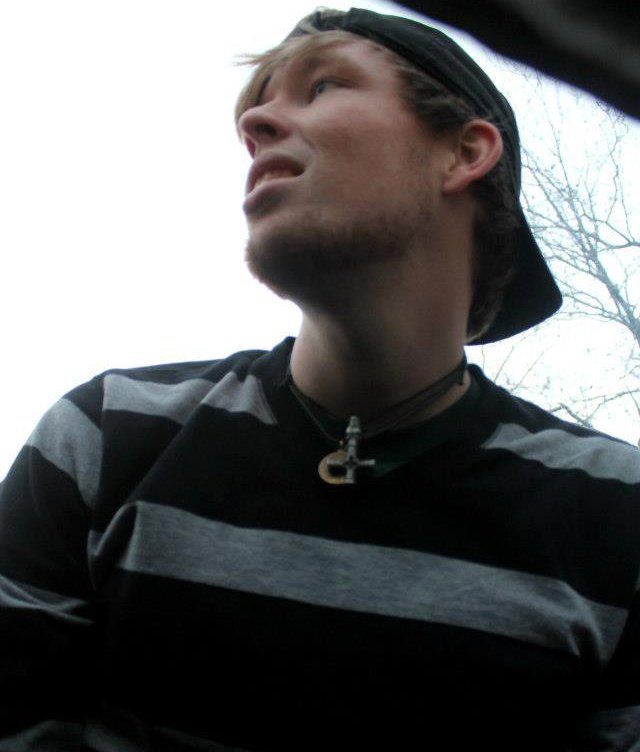Practice Habits, The “Problem With NA”
Continuing my trend of sitting down and writing daily (I did write some between blog posts, they’ve just been scattered around or remain unpublished for the moment), I wanted to talk today about poor practice habits and what I see as the “problem with NA”.
Consistency and quality are the building blocks of greatness; you can’t have only one and still become the best of the best. In everything that I do, from writing articles to blog posts to making videos, etc, I try to make sure I’m following that mantra: consistency and quality above all else. Sometimes this makes work tedious and pedantic, but I know the end result will be something good.
The same goes for competition. The best competitors are ones who practice not only improving the quality of their play but also their consistency. You can be the most talented, most skilled player in the world, but if you can’t play your best game every game, then you will never be a great player. That’s the cold, hard truth, and it’s one that I don’t think many progamers in North America have quite taken to heart. In fact, I think the region is so steeped in bad practice habits that the idea of systematically building quality and consistency has been completely lost in the fray of constantly grinding. It’s common for competitors (or artists or really anyone) to get caught up in mindlessly grinding and failing to improve, but it is especially prevalent in the NA scene, and it’s evident if you look at the results for most esports competitions.
It’s important to note that I’m not making a blanket statement about ALL players. In my opinion, there are quite a few standout players in the Heroes scene like Glaurung, Fury, and Fan who are relentlessly critical of themselves and constantly in search of areas to improve. If you watched the recent scrims with Team 8 and Dyrus, you’re probably aware of how insanely positive Glaurung is for his teammates and how much he takes the blame on himself. Not only is this admirable in the sense of putting the team before himself, but it shows that he is never happy with his play just being “good enough”. The goal of performance should be perfection, even if you never achieve it.
Still, the few standout players can’t redeem the region as a whole. I’ve talked with quite a few people about what the “problem” is, and far too often we come to the conclusion that it’s some sort of cultural problem. Maybe the US (and/or Canada) is far too forgiving of mistakes, maybe we’re not taught to pursue perfection the same way as other countries, maybe we’re just not dedicated to practice, etc. I can’t speak for what the exact reason is, but one thing I know for sure is that players and teams often have very bad practice habits which prevent them from improving at the same rate as other regions.
Last year, I sat in on a scrim session with Astral Authority (the Gust or Bust team, not the Murloc Geniuses team) and realized that they were getting almost nothing out of it. For almost six hours, one player experimented with drafts while the rest of the team just played through the game. There was little talk about why strategies or drafts worked or didn’t work, and for the most part, they seemed completely unconcerned with the outcome of their scrims (final result was 1-5, I believe).
In the final game, they drafted a complete troll comp and just played around and fed. I was trying out for coach, so I asked them a bit about their practice regiment and whether they were concerned about the results, and they told me that “other people don’t get their practice habits” and that they didn’t want to take scrims too seriously and get burnt out.
This is purely anecdotal evidence of one scrim for one team, but I get the creeping suspicion that the lassaiz-faire attitude is common among a lot of the teams in North America. To be clear, I’m not advocating that practice should be super serious at all times; in fact, it’s really important to make games out of all practice of any kind to keep yourself engaged. However, goal-setting has to underline all practice habits or else you are learning nothing and stagnating.
Consistency is a big problem in North America too. During this season of HGC, only Tempo Storm has fared well in terms of consistency, and even then, they did have a few days where their drafting and in-game performance wasn’t quite on par with their usual.
Everyone else was a trainwreck. Team 8 was very consistent for the first half of the season, but once April rolled around, their play fell apart and they suffered three crushing defeats in a row against teams that they should have been able to beat (some of this has been blamed on scheduling and scrim time, but I don’t believe those factors alone contributed to the overall drop in play). Naventic and No Tomorrow got dumpstered on all season, but on good days, they were able to beat or go even with some of the teams in the region. And don’t even get me started on GFE….
Compare that to Europe. Fnatic and Dignitas were absolutely solid throughout the entire season, and although Liquid had a bit of an issue in the second half, they were very consistent overall. Team expert, Playing Ducks, and Tricked had widely varying levels of play, but for the most part they beat the teams they were supposed to beat (Synergy/beGenius). There are no examples of the last place team beating the first place team (Gale Force eSports vs No Tomorrow).
Again, the lack of consistency comes with bad practice habits, in my opinion. A strict practice schedule and clearly defined goals eliminate the possibility of “being out of practice” or unclipping your mind and muscles from the actions they’re supposed to do automatically. Quality of play will always vary, especially in a team environment, but the standard deviation should be minimal. You cannot become the best team in the world or even the region without a high level of consistency.
Mary Oliver, a famous poet, once wrote that in order to find inspiration, you had to cultivate it with daily practice; in other words, sitting down and thinking seriously about your work every day. Even if the result doesn’t feel inspired, you will eventually train yourself to call on that inspiration at will.
What I DON’T think the problem is is ego. No one goes 0-3 and thinks “I’m still the best player in the world, no one can touch me”, at least no sane person. North American players are well known to make excuses and play the blame game, and I honestly don’t believe that’s a product of arrogance as much as it’s not being able to locate problems in their practice habits. The game is incredibly complex, and there are a lot of reasons why people win or lose. If you don’t have a habit of being relentlessly critical of yourself, it’s very easy to overlook your own play and blame another player or team. Sometimes the reasons are even murkier, and a frustrated player will lash out to the nearest reason like a bad draft or a bad bracket.
It’s hard to pinpoint mistakes…that’s honestly a skill all its own, but it’s one that separates decent players from great players, and it’s built through having lots of targeted practice. Think about a choral master who, after years of practice finding his own voice and listening to others, can find a single wrong note in a chorus of 100 people. That’s the level to aim for.





















